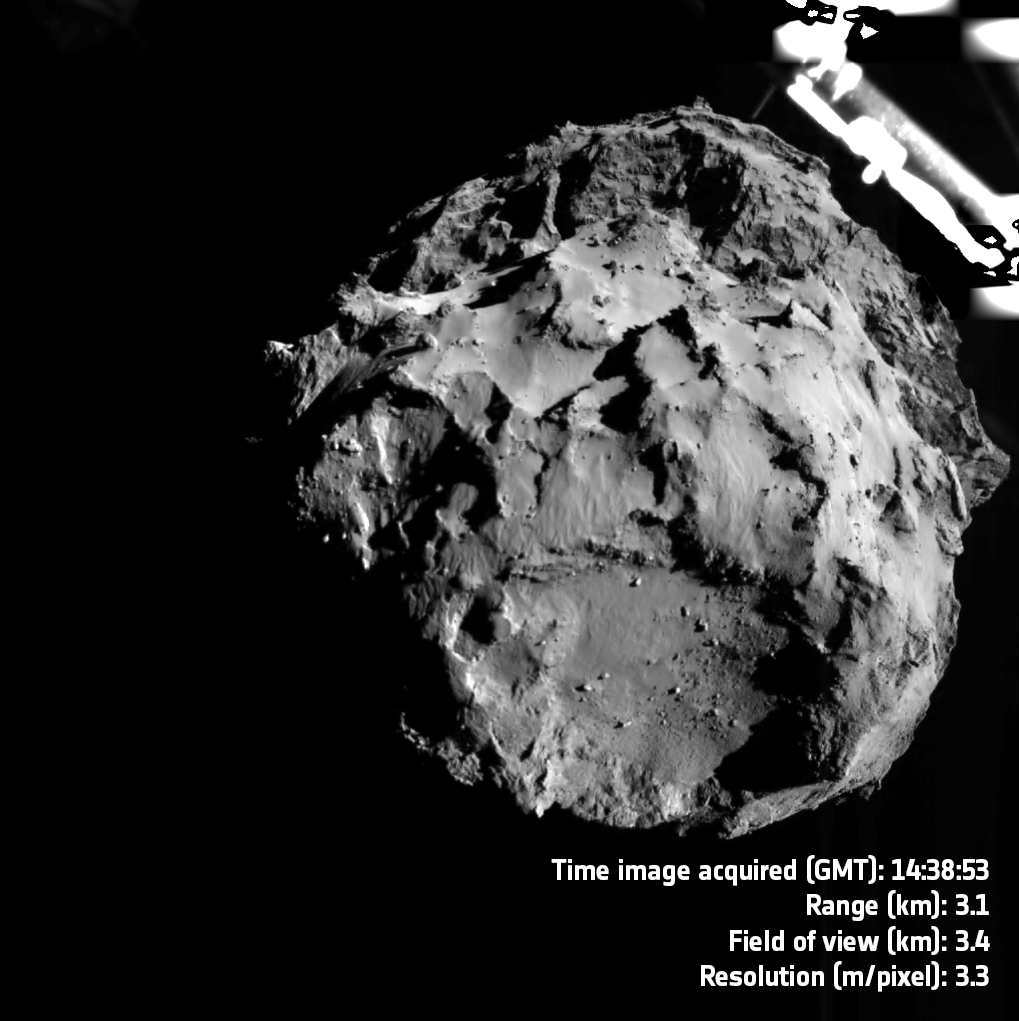
Copernical Team
China's CAS Space achieves milestone with 15-satellite launch, including Oman's first
 Beijing-headquartered CAS Space, an affiliate of the Chinese Academy of Sciences, successfully launched 15 satellites on Monday, including Oman's first satellite, marking a significant achievement for China's commercial space sector in international partnerships.
The Kinetica 1-Y5 rocket took off at 12:03 pm from the Jiuquan Satellite Launch Center in the Gobi Desert, according to CAS Spac
Beijing-headquartered CAS Space, an affiliate of the Chinese Academy of Sciences, successfully launched 15 satellites on Monday, including Oman's first satellite, marking a significant achievement for China's commercial space sector in international partnerships.
The Kinetica 1-Y5 rocket took off at 12:03 pm from the Jiuquan Satellite Launch Center in the Gobi Desert, according to CAS Spac Mining Voyager 2 data unlocks long-standing Uranus mysteries
 NASA's groundbreaking flyby of Uranus by Voyager 2 in 1986 provided a wealth of data that puzzled scientists for decades. Recent analysis of that data has shed light on some of those mysteries.
During its historic 1986 approach, Voyager 2 captured the first detailed images and readings of Uranus, revealing an unconventional planet with a tilted axis and unique characteristics, including un
NASA's groundbreaking flyby of Uranus by Voyager 2 in 1986 provided a wealth of data that puzzled scientists for decades. Recent analysis of that data has shed light on some of those mysteries.
During its historic 1986 approach, Voyager 2 captured the first detailed images and readings of Uranus, revealing an unconventional planet with a tilted axis and unique characteristics, including un Philae’s extraordinary comet landing relived

On 12 November 2014, after a ten year journey through the Solar System and over 500 million kilometres from home, Rosetta’s lander Philae made space exploration history by touching down on a comet for the first time. On the occasion of the tenth anniversary of this extraordinary feat, we celebrate Philae’s impressive achievements at Comet 67P/Churyumov-Gerasimenko.
Space Force new GPS satellites are running months behind schedule
This request seems a bit unusual, so we need to confirm that you're human. Please press and hold the button until it turns completely green. Thank you for your cooperation!
Press and hold the button
If you believe this is an error, please contact our support team.
185.132.36.159 : ff639d3c-5f1c-4a23-a3cc-1ba054ee
SpaceX aims for double Space Coast launch within four hours today
This request seems a bit unusual, so we need to confirm that you're human. Please press and hold the button until it turns completely green. Thank you for your cooperation!
Press and hold the button
If you believe this is an error, please contact our support team.
185.132.36.159 : 5c29a426-5bdc-4539-a8d8-3d6259b0
A trash compactor is going to the space station
This request seems a bit unusual, so we need to confirm that you're human. Please press and hold the button until it turns completely green. Thank you for your cooperation!
Press and hold the button
If you believe this is an error, please contact our support team.
185.132.36.159 : 79c9a366-6cef-4a91-8602-0a30039e
Launching mass from the moon helped by lunar gravity anomalies
This request seems a bit unusual, so we need to confirm that you're human. Please press and hold the button until it turns completely green. Thank you for your cooperation!
Press and hold the button
If you believe this is an error, please contact our support team.
185.132.36.159 : 902b0b1e-8dba-4a0c-acc3-5cb86d89
When to catch the last supermoon of the year
This request seems a bit unusual, so we need to confirm that you're human. Please press and hold the button until it turns completely green. Thank you for your cooperation!
Press and hold the button
If you believe this is an error, please contact our support team.
185.132.36.159 : 8fed5161-c383-418a-a204-eaab3dfd
UChicago scientist crafts new model to enhance forecasting of atmospheric rivers
 When severe rains and high winds hit densely populated coastal areas, the impacts can be devastating, but early warnings provide crucial preparation time. These intense storms are often fueled by atmospheric rivers - bands of concentrated moisture traveling across the sky on strong winds. Although meteorologists closely monitor them, predicting the specific behavior of an atmospheric river has b
When severe rains and high winds hit densely populated coastal areas, the impacts can be devastating, but early warnings provide crucial preparation time. These intense storms are often fueled by atmospheric rivers - bands of concentrated moisture traveling across the sky on strong winds. Although meteorologists closely monitor them, predicting the specific behavior of an atmospheric river has b The shifting history of North America's ancient ice sheet
 Imagining a vast ice sheet sprawling over Canada and extending down into what is now the northern United States, reaching as far south as Pennsylvania, Ohio, Indiana, Michigan, and Wisconsin, helps us grasp the scope of ancient glacial coverage between 19,000 and 26,000 years ago.
Yet, while picturing this immense ice mass is fascinating, the present-day implications of its retreat - parti
Imagining a vast ice sheet sprawling over Canada and extending down into what is now the northern United States, reaching as far south as Pennsylvania, Ohio, Indiana, Michigan, and Wisconsin, helps us grasp the scope of ancient glacial coverage between 19,000 and 26,000 years ago.
Yet, while picturing this immense ice mass is fascinating, the present-day implications of its retreat - parti 